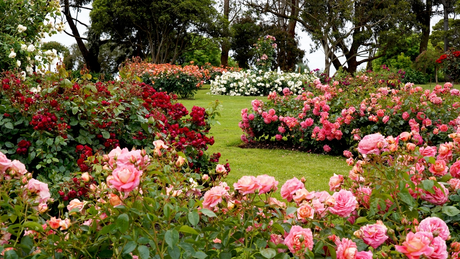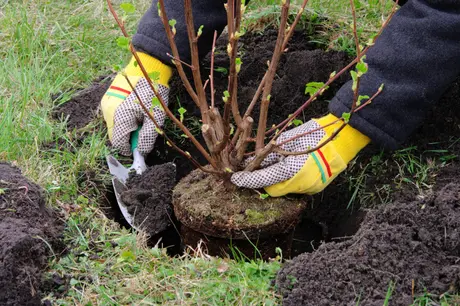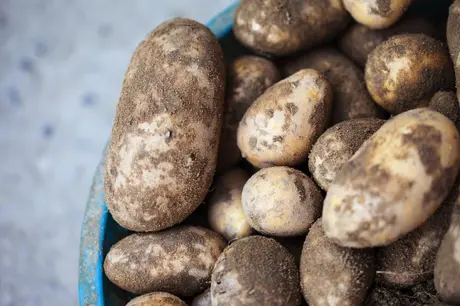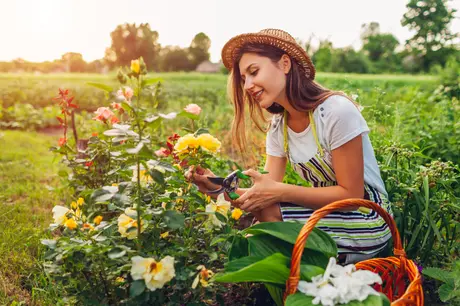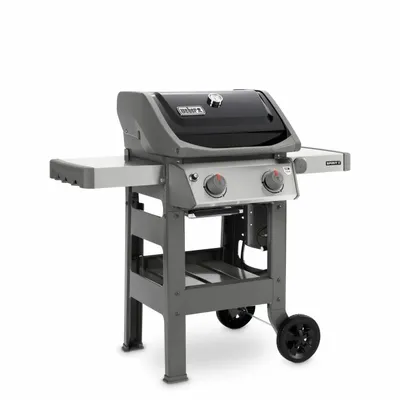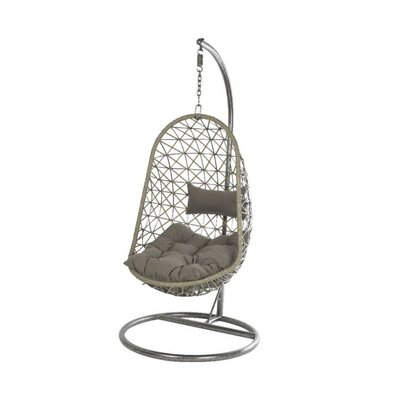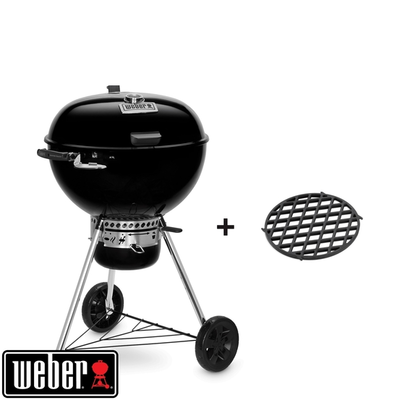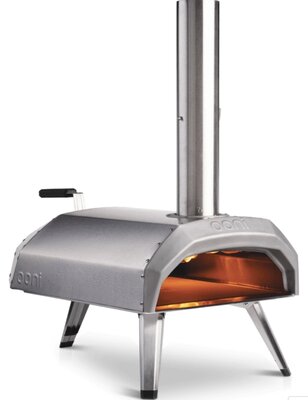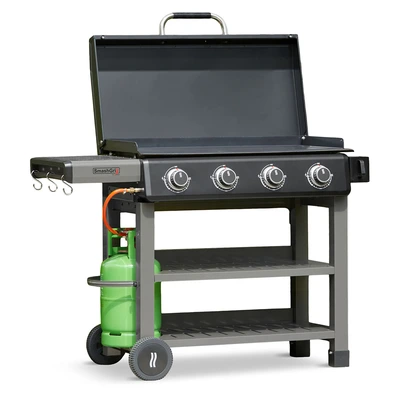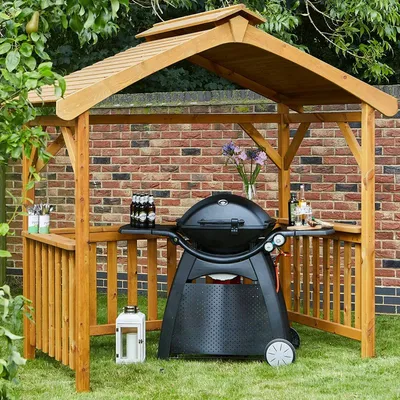
Dendrobium orchids make spectacular houseplants, with their gorgeous blooms lasting for weeks in spring, and with a bit of care, they’ll thrive and flower year after year. Here’s how to keep your dendrobium looking good all year round.
Identifying your dendrobium
The Dendrobium genus includes over 900 different species of orchids, in a dizzying array of shapes, colours and sizes. However, most commercially available dendrobium orchids have been bred from just two species, Dendrobium nobile and Dendrobium phalaenopsis. These two species come from very different climates – Dendrobium nobile is native to cool parts of China, India and the Himalayas. In contrast, Dendrobium phalaenopsis comes from warmer areas in south-east Asia and Australia. (Don’t be misled by the name – these are not the same as Phalaenopsis orchids, which are a separate genus all of their own.)
The two types of dendrobium have very different care requirements, so when growing dendrobiums, the first thing you need to know is which type you have.
Dendrobium nobile orchids are sometimes called cool-growing dendrobiums. To identify them, look for:
- Thick stems called pseudobulbs, which act as the plant’s food store
- Narrow, oval leaves along the full length of the stems
- Colourful flowers on short stems are branching off the main stems.
Dendrobium phalaenopsis orchids, sometimes called den-phals or warm-growing dendrobiums, require warm temperatures year-round. To spot a den-phal orchid, look for:
- A two-part stem made up of a lower-half thickened pseudobulb with a flower stem above
- Narrow, oval leaves on the lower section of the stem only.
- Sprays of flowers on the upper part of the stem.
Caring for Dendrobium nobile orchids
Dendrobium nobile orchids need cool conditions to grow well. A daytime temperature between 16-21°C (61-70°F) in summer is ideal, with a 5°C (10°F) difference between day and night temperatures. In summer, they do best in partial shade.
Water them with tepid rainwater in summer, just frequently enough to stop the potting mix drying out. Water from above, allow the water to drain through entirely and tip out any water that collects in the drip tray so that the plant’s roots are not standing in water. Mist regularly and feed every third watering during the growing season.
In winter, move your Dendrobium nobile orchid to a cool, bright position with a temperature between 10-13°C (50-55°F), and water only if the stems start to wither. They need as much direct light as possible in winter, to allow the stems to ripen. Once flower buds start appearing, move back to their summer position and water more frequently.
Caring for Dendrobium phalaenopsis orchids
Dendrobium phalaenopsis orchids need warm temperatures all year round, ideally between 21-24°C (70-75°F). Water, mist and feed as for nobile types in summer, and continue through winter, as these orchids grow all year round. They do best in partial shade in summer (direct sunlight will burn their leaves), and in a warm, bright spot in winter.
We’ve got a fantastic range of orchids and other indoor plants to add a touch of glamour to your home, so visit us soon to see what’s in store.

